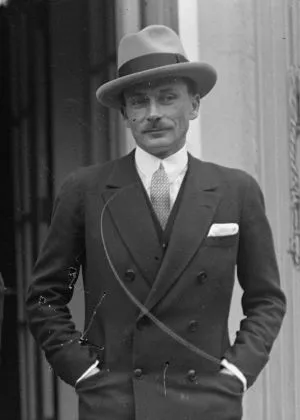
Early Life and Beginnings in Fashion
Lucien Lelong was born on October 11, 1889, in Paris, into a family that was already deeply entrenched in the world of fashion. His father owned a successful textile shop, and young Lelong was immersed in the world of fabrics and designs from a very early age. He attended business school but soon found himself gravitating toward fashion, an industry that captured his imagination.
In 1919, after serving in World War I, Lelong officially joined the family business and transformed it into one of the most respected names in French couture. He understood that fashion was not just about creating beautiful garments but also about understanding the desires and needs of the modern woman.
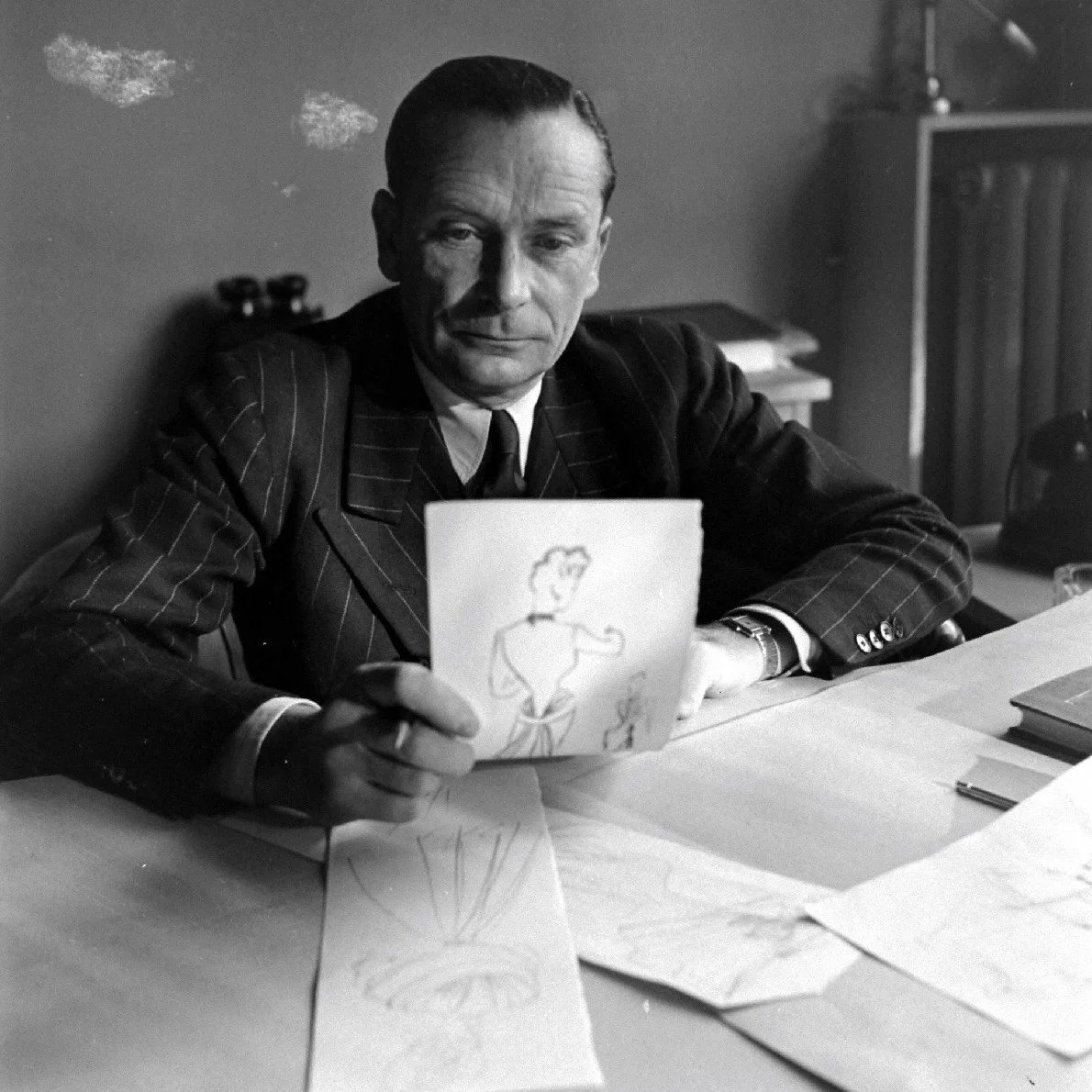
photo/mymoderndarcy
Table of Contents
The Rise of the Lucien Lelong Fashion House
The Lucien Lelong fashion house quickly became a symbol of luxury and sophistication. By the 1920s, his designs were being worn by the European elite and Hollywood stars alike. Lelong’s approach was modern yet deeply rooted in tradition. He managed to strike the perfect balance between timeless elegance and contemporary flair.
He became president of the Chambre Syndicale de la Couture Parisienne, the governing body of French fashion, in 1937. His influence was such that during World War II, he played a crucial role in ensuring the survival of French couture.
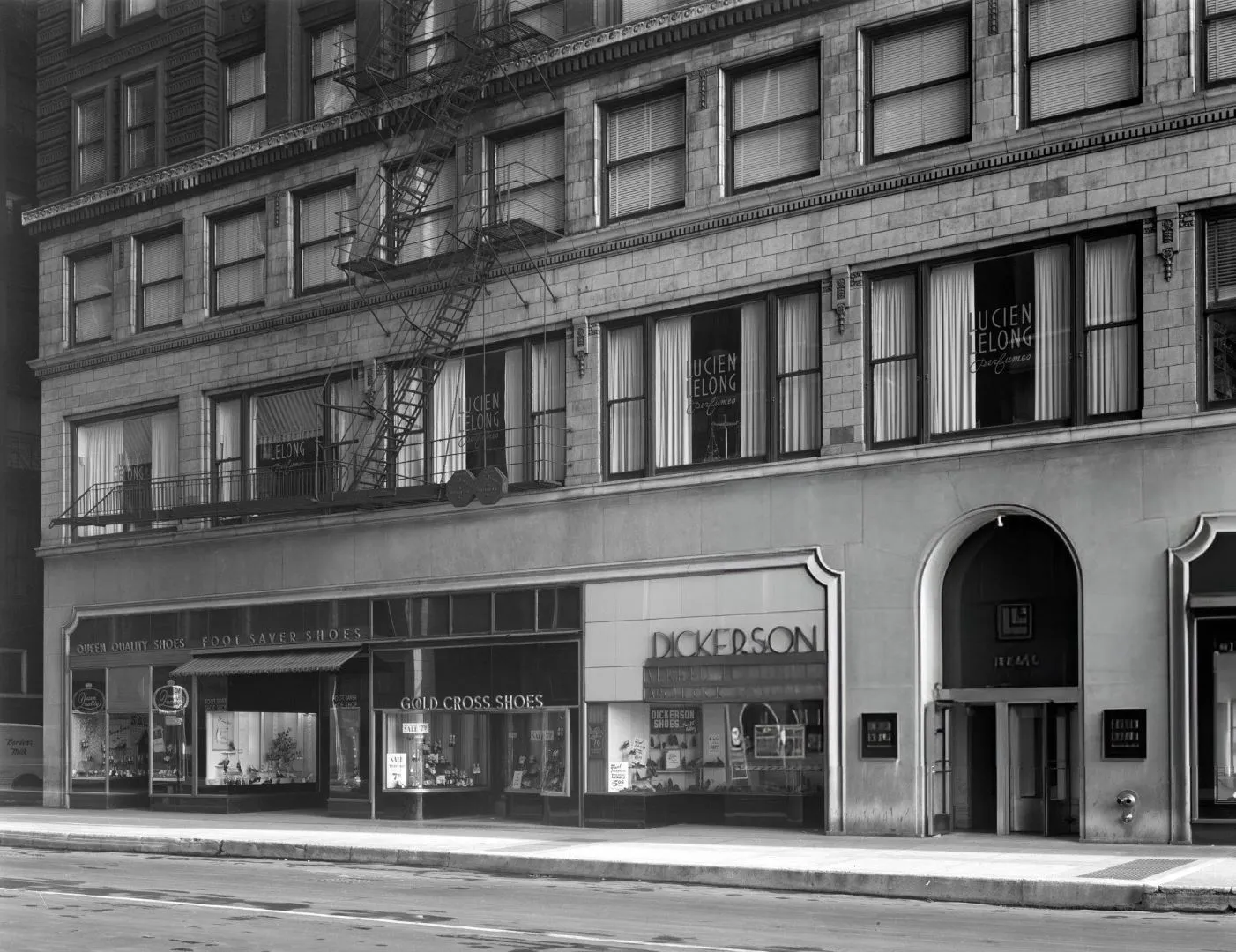
photo/gettyimages
Design Philosophy
The Art of Elegance and Simplicity
Lucien Lelong’s design philosophy can be summed up in two words: elegance and simplicity. He believed that clothing should enhance a woman’s natural beauty without overwhelming her. Unlike some of his contemporaries who favored excessive embellishments and complex designs, Lelong was a master of restraint.
His designs were often minimalistic, with clean lines and careful attention to detail. Lelong understood that true luxury came not from ostentation but from the quality of materials and the precision of the cut. His clothes were meant to be worn, not merely admired, and this practical yet sophisticated approach resonated with his clientele.
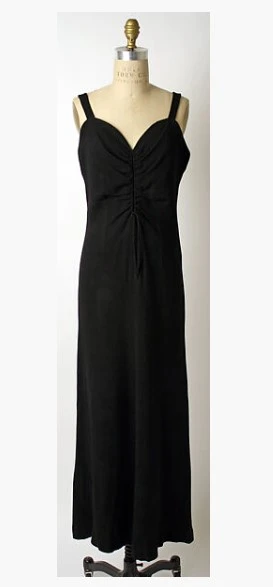
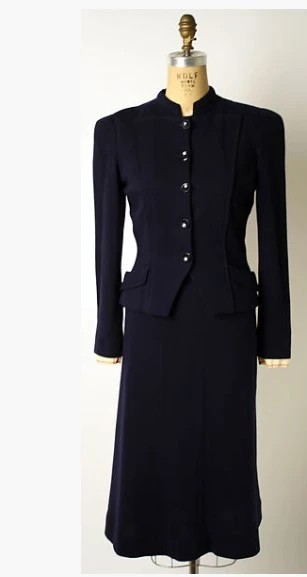
photo/metmuseum
Understanding the Modern Woman
Lelong had a deep understanding of the modern woman and her needs. He recognized that women’s roles in society were changing—they were becoming more independent, more active, and more involved in the public sphere. His designs reflected this shift. He created clothes that were comfortable and practical, yet still undeniably chic.
He once famously said, “I design dresses that are meant to be worn.” This sentiment underlined everything he did. His dresses weren’t just for show; they were meant to move, to live in, and to accompany the wearer through her day-to-day life.
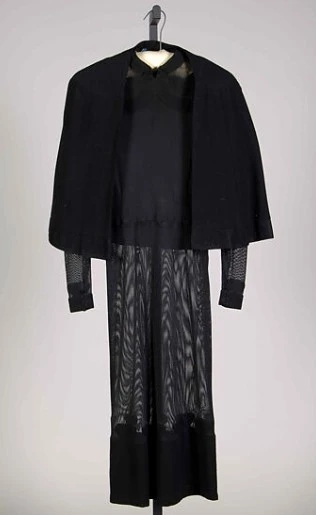
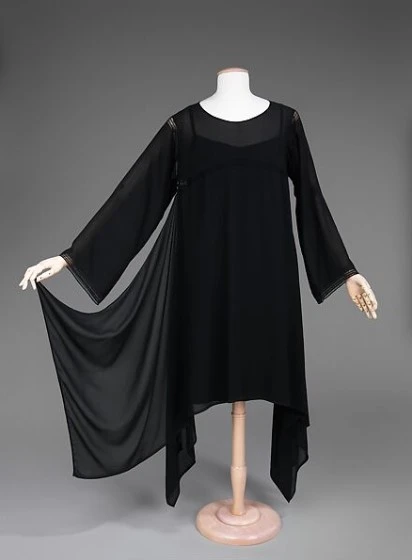
photo/metmuseum
Notable Collection and Works
The ‘Jeunes Filles’ Collection
One of Lelong’s most celebrated collections was his “Jeunes Filles” (Young Girls) line. Launched in the 1930s, this collection was aimed at younger women and was characterized by its freshness and simplicity. Lelong understood that younger generations wanted something different from the older, more conservative designs that had dominated the previous decades.
The “Jeunes Filles” line featured shorter hemlines, simpler cuts, and a playful yet sophisticated aesthetic that resonated with the modern woman. It was a departure from the heavily ornate and structured styles of the past and marked a turning point in Lelong’s career.
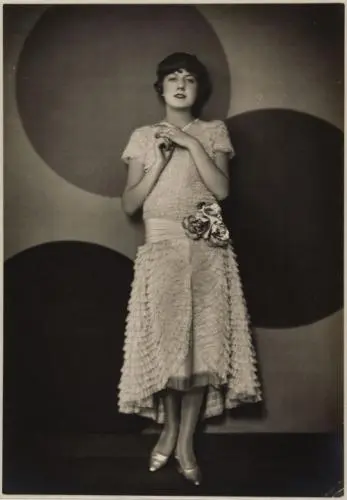
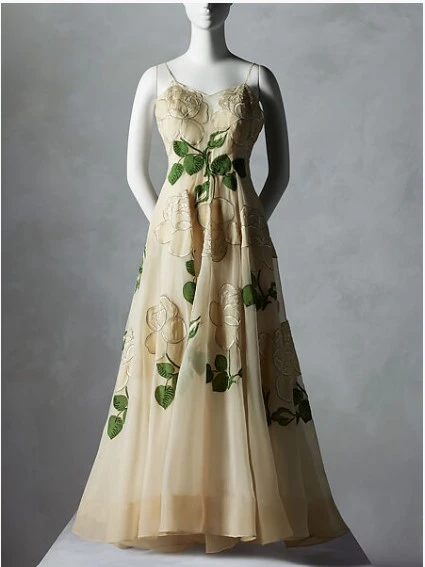
photo/parismuseescollections/metmuseum
The 1941 Collection
Despite the restrictions of wartime, Lelong’s 1941 collection is often cited as one of his finest. Working with limited fabrics, he managed to create a line that was both elegant and functional. The use of simple silhouettes, natural fabrics, and minimal embellishment defined this collection. Yet, even in its simplicity, there was an undeniable elegance.
Lelong’s 1941 collection was a testament to his skill as a designer—he could create beauty in the most challenging of circumstances.
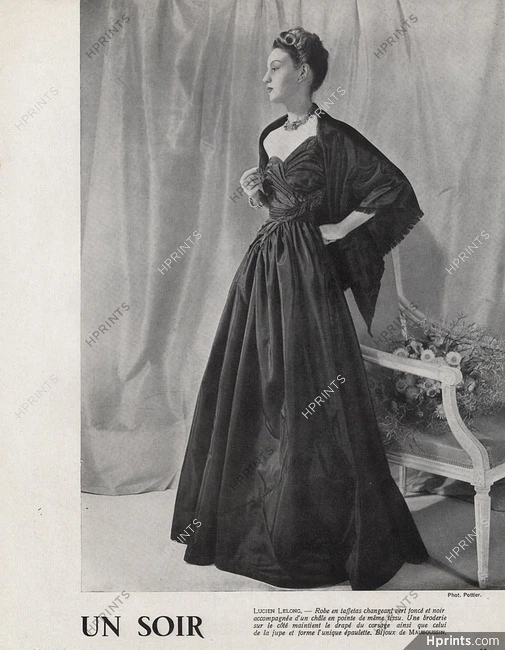
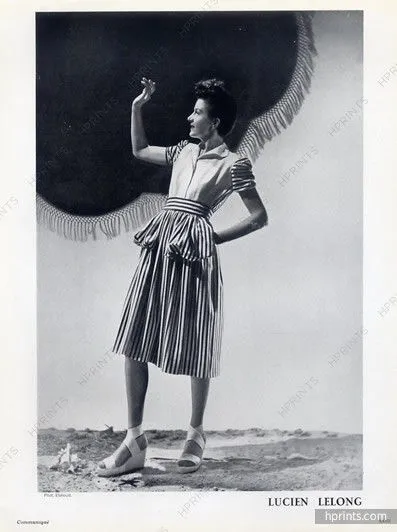
photo/hprints
Also Read – Elsa Schiaparelli: The Trailblazing Fashion Innovator
Lucien Lelong and World War II: A Pillar of French Fashion
During the dark days of World War II, Lelong fought tirelessly to keep the French fashion industry alive. The Nazis wanted to move Parisian couture to Berlin or Vienna, but Lelong used his position as president of the Chambre Syndicale de la Couture Parisienne to resist this move. He argued that haute couture was a French cultural institution and must remain in Paris.
Despite the hardships of the war—limited fabrics and resources—Lelong continued to produce elegant collections that adhered to the high standards of French couture. He also ensured that his atelier remained a beacon of creativity, even under occupation.
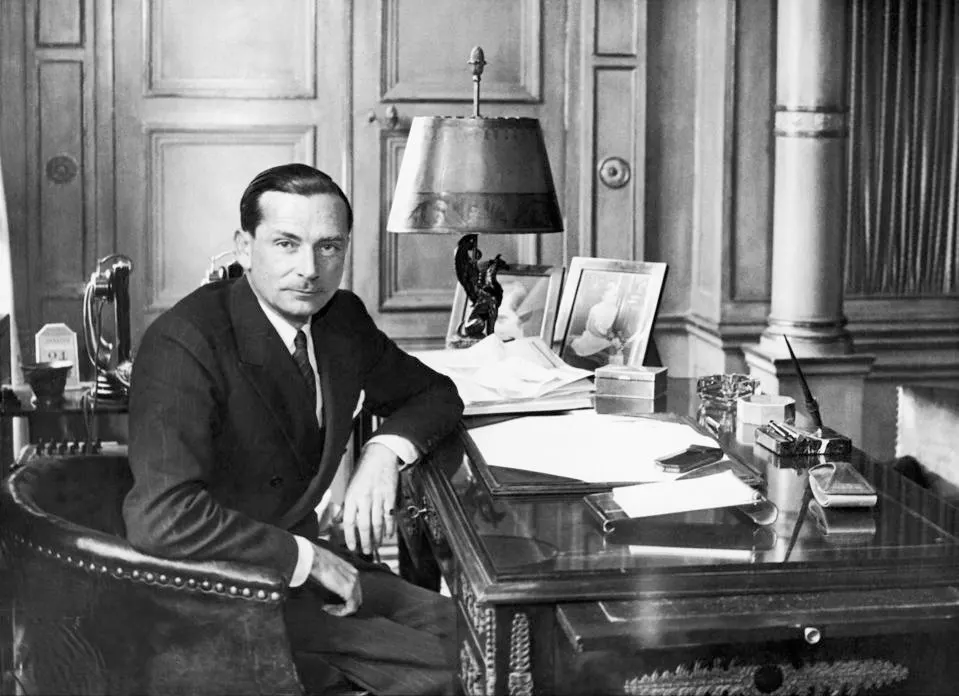
photo/forbes
The Legacy of Lucien Lelong
Lucien Lelong’s contributions to fashion go beyond his own creations. He was a master of fostering talent. Some of the most iconic names in fashion—Christian Dior, Pierre Balmain, and Hubert de Givenchy—began their careers under Lelong’s tutelage. These designers would go on to define 20th-century fashion, yet they all learned from the discipline, creativity, and business acumen that Lelong instilled in them.
Notable Protégés: Christian Dior, Pierre Balmain, and Hubert de Givenchy
One of Lelong’s greatest legacies was his mentorship of young designers. Christian Dior, who worked as a designer for the Lelong house, would later go on to revolutionize fashion with his New Look. Pierre Balmain, another Lelong disciple, founded his own house and became synonymous with refined, luxurious fashion. Hubert de Givenchy, famous for his work with Audrey Hepburn, also trained under Lelong.
Lelong’s ability to recognize talent and foster it was unparalleled. He understood that fashion was ever-evolving, and by nurturing the next generation of designers, he ensured that his influence would endure long after his own collections were retired.
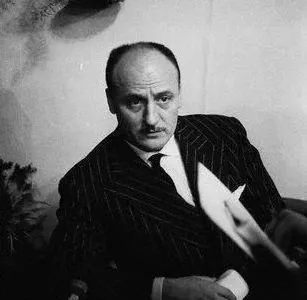
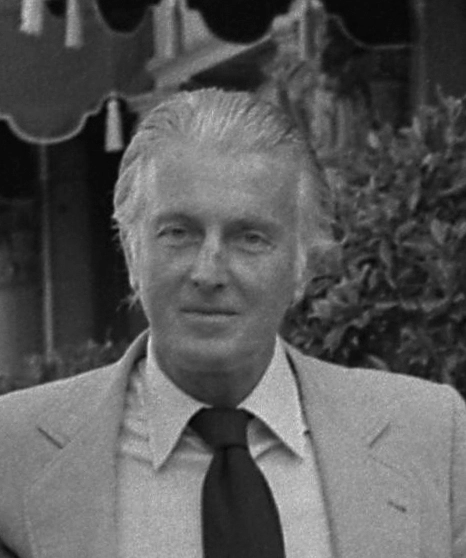
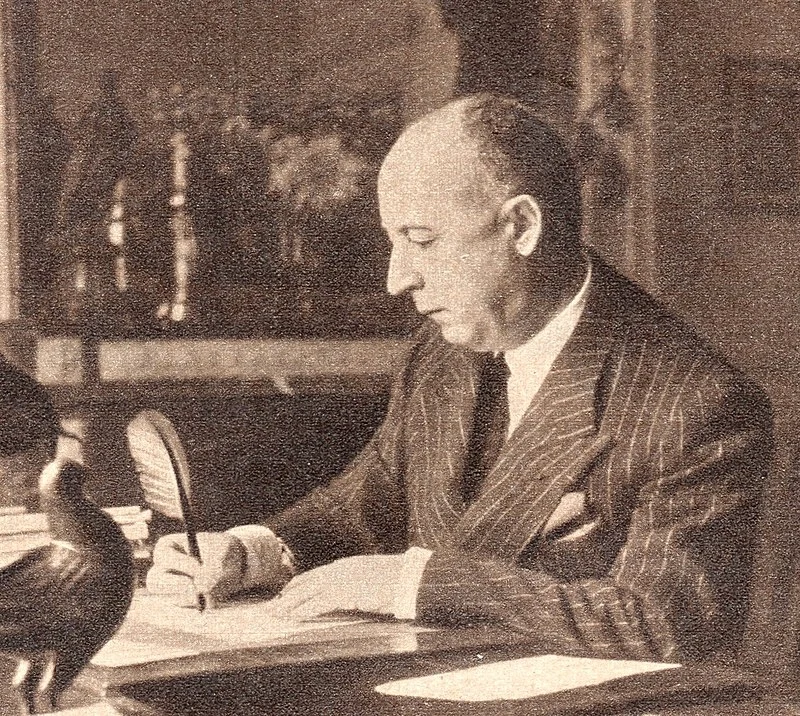
- Pierre Balmain/photo/pinterest 2. Hubert De Givenchy/photo/wiki 3. Christian Dior/photo/wiki
Lelong’s Role in the Fashion Industry Beyond Design
Beyond his work as a designer, Lucien Lelong was instrumental in shaping the business of fashion. As president of the Chambre Syndicale de la Couture Parisienne, he helped to establish guidelines and standards for the industry. He worked to protect the intellectual property of fashion designers and promoted French couture internationally.
Lelong understood the importance of fashion as a cultural export, and he worked tirelessly to maintain Paris’s position as the fashion capital of the world.
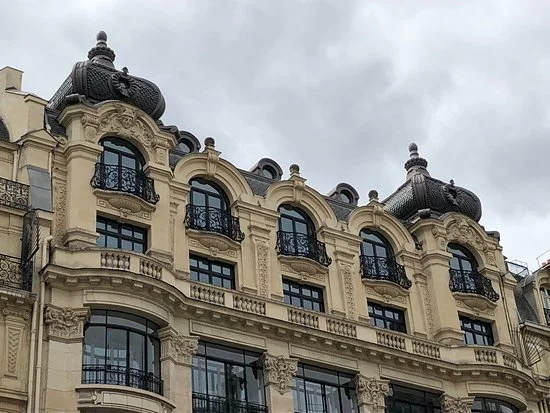
photo/tripadvisor
Lelong’s Contributions to Perfume and Beauty
Lelong was not only a couturier but also a pioneer in the world of perfume. In 1924, he launched his own line of fragrances, which became an integral part of his brand. His perfumes, like his clothing, were known for their elegance and refinement. Scents such as “Indiscret” and “Sirocco” became classics and were loved by women all over the world.
His foray into beauty products expanded the Lelong brand beyond couture, making it accessible to a wider audience. In this way, he was ahead of his time, understanding the synergy between fashion and beauty long before it became common practice.
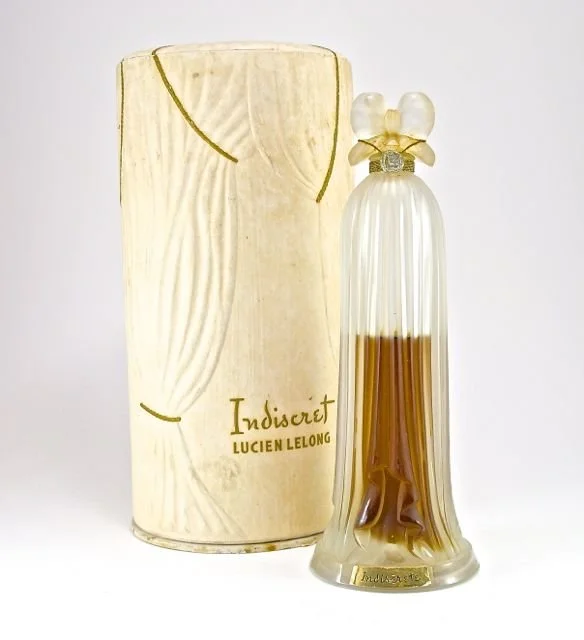
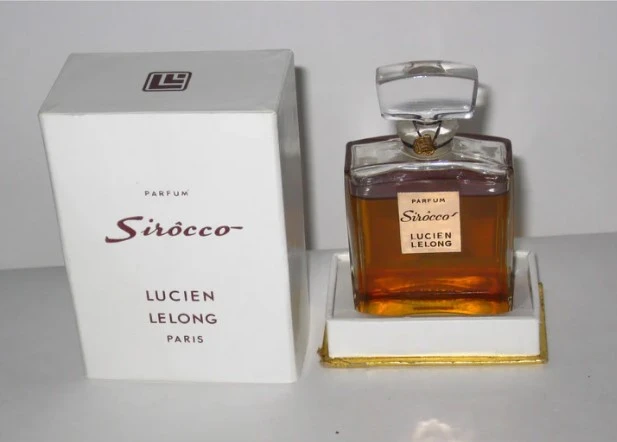
photo/worldwideaura/quirkyfinds
Lucien Lelong’s Influence on Fashion Post-War
After World War II, Lelong stepped back from designing, leaving the future of fashion in the capable hands of his protégés. However, his influence continued to be felt throughout the industry. The designers he mentored—Dior, Balmain, Givenchy—would go on to dominate fashion in the post-war era, and their work often reflected the lessons they had learned from Lelong.
His emphasis on quality, simplicity, and elegance became hallmarks of French fashion, and these principles continue to influence designers today.
Focus on Practicality
One of the most remarkable aspects of Lelong’s work was his focus on practicality. While many designers of his era prioritized extravagance, Lelong understood that women needed garments they could actually wear. His collections often featured designs that were both functional and luxurious, proving that fashion didn’t have to sacrifice comfort for style.
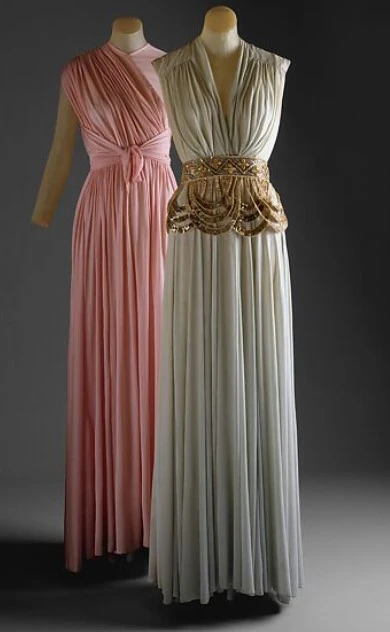
photo/metmuseum
The Influence on Future Designers
Lucien Lelong’s influence on future generations of designers cannot be overstated. He mentored some of the most iconic names in fashion, including Yves Saint Laurent and Christian Dior. Under Lelong’s guidance, these young designers honed their craft and went on to shape the future of haute couture.
In many ways, Lelong’s vision laid the groundwork for the modern fashion industry, particularly his emphasis on creating clothing that was accessible yet luxurious.
Recognition and Awards
Throughout his career, Lucien Lelong received numerous accolades for his contributions to fashion. He was celebrated not only for his designs but also for his leadership and vision. His role in preserving French fashion during World War II earned him immense respect in the industry.
In 1953, he was awarded the Legion of Honour, one of France’s highest civilian honors, in recognition of his contributions to French culture.
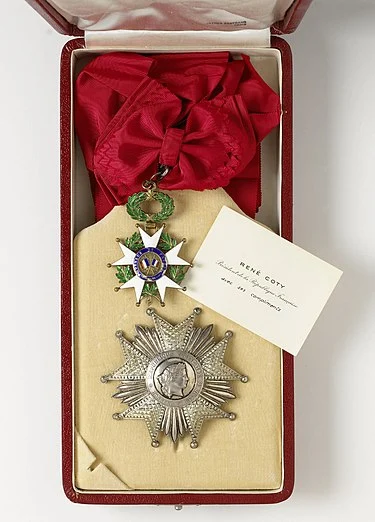
photo/wikipedia
The Legacy of the Lelong Brand Today
Although Lucien Lelong passed away in 1958, his brand lives on. The Lelong name is still synonymous with elegance and luxury, particularly in the world of perfume. His fragrances continue to be produced and are cherished by collectors and connoisseurs alike.
While the fashion house itself no longer operates as it once did, Lelong’s influence on the industry remains undeniable. His contributions to fashion, both as a designer and as a mentor, have left a lasting legacy.
Conclusion
Lucien Lelong may not be as widely recognized today as some of his contemporaries, but his impact on the world of fashion is undeniable. As a designer, he brought elegance and simplicity to the forefront of couture. As a mentor, he nurtured some of the most iconic designers of the 20th century. And as a leader, he helped to shape the future of the fashion industry.
Lelong’s legacy is one of quiet strength and enduring influence. His designs, his philosophy, and his commitment to the art of fashion continue to inspire and influence the industry today.
FAQs
- Who were Lucien Lelong’s most famous protégés? Lelong mentored several designers who became icons in their own right, including Christian Dior, Pierre Balmain, and Hubert de Givenchy.
- What was Lucien Lelong’s design philosophy? Lelong believed in elegance and simplicity. He created clothing that was meant to enhance a woman’s natural beauty without overwhelming her.
- What is the significance of the 1941 collection? Despite wartime restrictions, Lelong’s 1941 collection was a masterclass in simplicity and elegance, showcasing his ability to create beauty under challenging circumstances.
- Did Lucien Lelong create perfumes? Yes, Lelong was a pioneer in the world of fragrance, and his perfumes like “Indiscret” and “Sirocco” are still cherished today.
- What role did Lucien Lelong play during World War II? As president of the Chambre Syndicale de la Couture Parisienne, Lelong fought to keep French fashion in Paris and resisted Nazi attempts to relocate it to Germany.
One thought on “Lucien Lelong: The Legendary Couturier Who Defined Parisian Elegance”